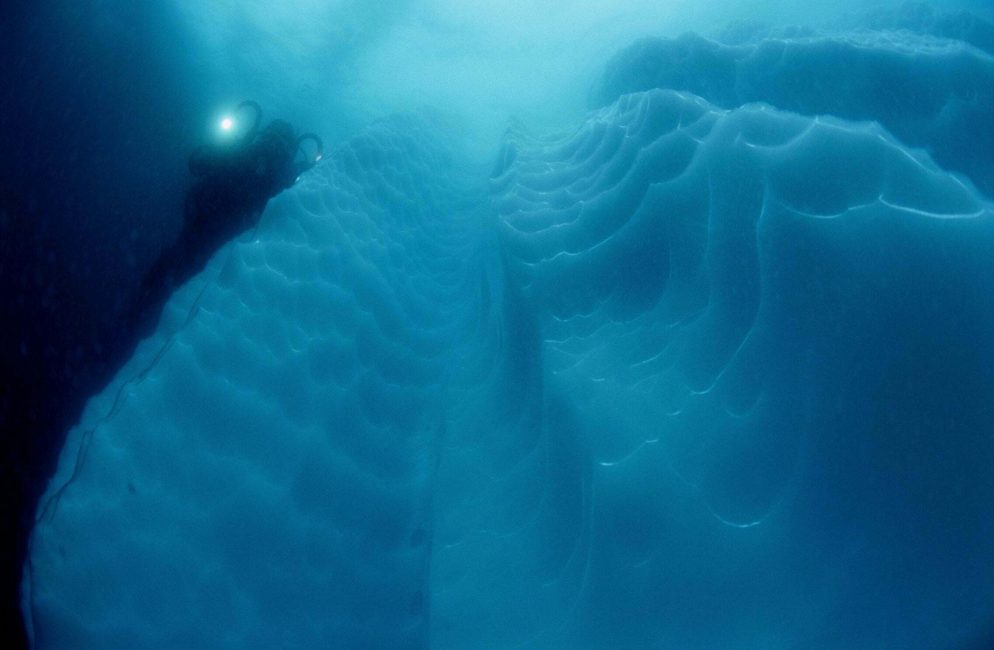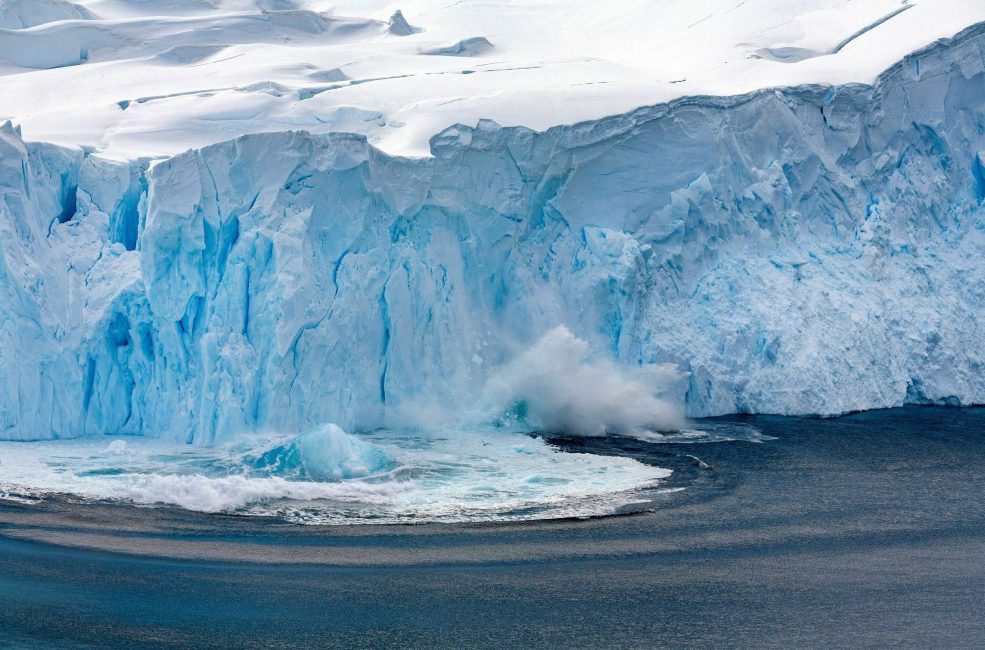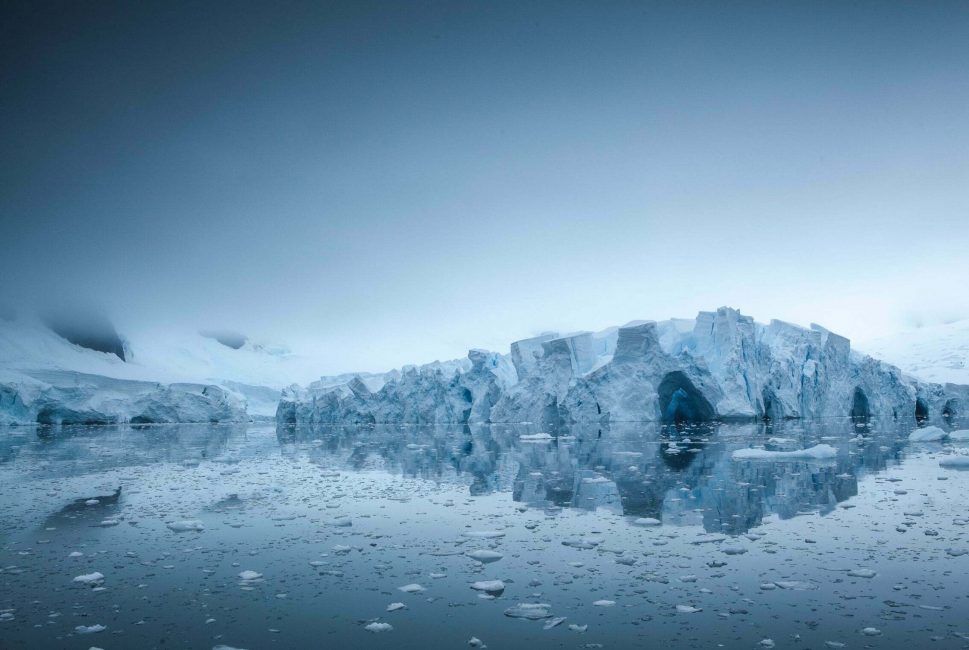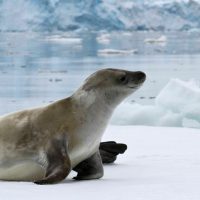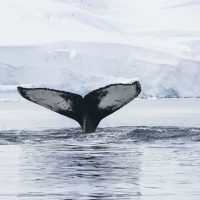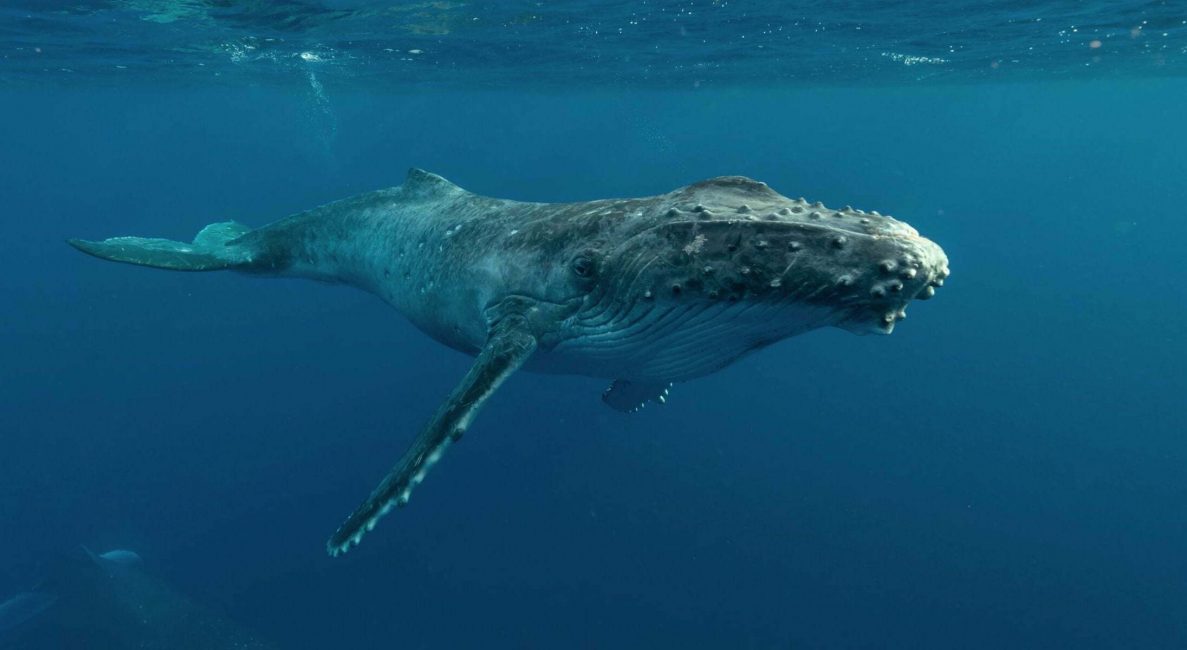Global Ocean Currents
INTRODUCTION
The global ocean is made up of five major, connected ocean basins. The water in these basins is constantly flowing in streams called currents.
This global system of currents mixes the ocean from top to bottom and all around the planet transferring heat, nutrients and minerals from one place to another.
Some currents are shallow, while others sink to the ocean floor and travel from pole to pole, taking hundreds of thousands of years before they rise to the surface again.
The Global Conveyor Belt
INTRODUCTION
The largest and most influential system of ocean currents is often called the Global Conveyor Belt, which includes well known currents such as the Gulf Stream.
The Global Conveyor Belt transports water across the globe from the polar regions to the equator and back again, distributing heat, nutrients and carbon across the ocean.
By supporting the exchange of cold water from Antarctica and the Arctic with warm water from the tropics, the Global Conveyor Belt helps to keep the climate mild and plays a critical role in regulating the global climate.
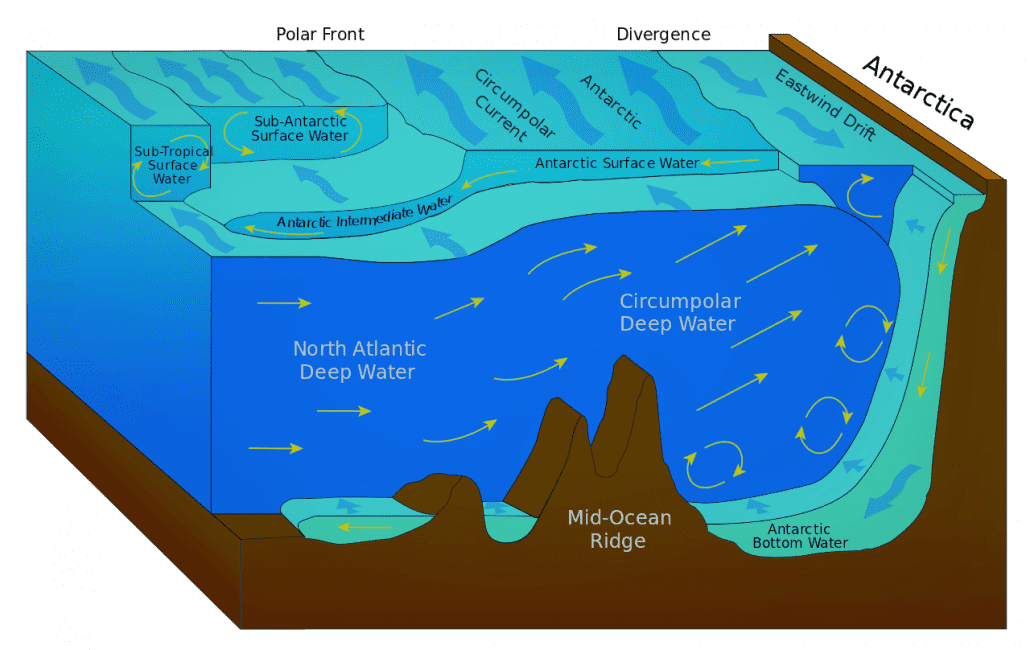
What drives ocean currents?
INTRODUCTION
There are two main types of ocean currents, each driven by different factors.
Surface currents in the top 3000 feet (1000 meters) of the ocean are set in motion by wind, tides and the spin of the earth.
Deep, slow-moving currents are generated by differences in density caused by changes in temperature and salinity (salt content).
It is these density-driven currents (often called thermohaline: thermo = relating to temperature, haline = relating to saltiness) which help power the Global Conveyor Belt.
The global ocean pump
INTRODUCTION
The Southern Ocean is like an engine room for the Global Conveyor Belt. Masses of cold, salty water produced around the Antarctic coastline power global ocean circulation like a pump.
Sea ice processes and strong winds around parts of the Antarctic coastline result in the formation of some of the coldest, saltiest, heaviest water on earth. Trillions of tons of this water – Antarctic Bottom Water (AABW) sink to the seafloor, down to depths of 3 miles (5000 meters), replaced by relatively warm, less salty water that flows in at the surface. Then the cycle begins again.
A similar ‘pump’ operates in the Arctic waters of the North Atlantic Ocean, but the extreme density of AABW makes Antarctica one of the most powerful ocean pumps on the planet.
View AABW infographic from Woods Hole Oceanographic Institution.
VISUALIZING GLOBAL OCEAN CURRENTS
Circulation of the Southern Ocean
Watch this four-minute video to see how the polar regions contribute to global ocean circulation.
Antarctic Bottom Water is changing
WHAT’S CHANGED?
Research shows that AABW is becoming fresher, warmer and less dense in some areas. This is caused in part by a warming climate.
As the Southern Ocean gets warmer glaciers around Antarctica are melting more quickly, flushing the coastline with fresh water.
Other factors may also contribute to the freshening of AABW, including increased rainfall and reduced sea ice formation, also caused by the warmer climate.
Global ocean pump set to weaken
WHAT’S CHANGED?
While AABW continues to fluctuate in different regions of the Antarctic coastline, influenced by localized, seasonal weather conditions, the broader picture indicates that changes in AABW will have global impacts sooner than we might think.
In a 2023 study, scientists reported that when they add predicted meltwater increases to models of ocean currents, the dynamics that help drive ocean circulation decline by more than 40% by 2050.
Ocean circulation slowdown?
WHAT ARE THE IMPACTS?
Researchers are continuing to investigate the effects of fresher, less dense AABW on global ocean currents.
If lighter AABW weakens the polar pumping effect and slows the global conveyor belt down as current models predict, this will have serious consequences for our global climate.
Changes to the global climate
WHAT ARE THE IMPACTS?
Under a slower ocean circulation scenario, the ocean will become less able to absorb excess heat and carbon dioxide generated by human activities, so it will build up in the atmosphere instead.
Ongoing slowing or, in extreme scenarios, halting of ocean circulation could result in severe disruptions of the climate. This may include more frequent and severe storms, floods and droughts, leading to global food insecurity, as well as oxygen depletion in the ocean, which could cause the collapse of entire marine ecosystems.
Now is the time to take action to prevent the worst of these impacts.
KEEP LEARNING
Related reading
Scientific consultation: Bea Pena-Molino, physical oceanographer in the Climate Science Centre (Ocean & Atmosphere) at the Commonwealth Scientific and Industrial Research Organisation (CSIRO) and Nicholas Golledge, Professor of Glaciology at Victoria University of Wellington.
Now that you’ve learned about Antarctica’s vital role in regulating the climate through the global ocean pump, read on to learn more about extraordinary Antarctica.
 ASOC
ASOC



